
|
The WCON-08B Wide Angle Attachment for the Olympus E-10/E-20 Cameras |

| My other articles related to the Olympus E-10 and E-20 cameras |
|
General information WCON-08B is a wide angle attachment lens for the Olympus E-10 or E-20 camera. When fitted to the front of the built-in lens, it will reduce its focal length by a factor of 0.8, i.e., to 7.2 mm which is equivalent to 28 mm on a 35-mm film camera. Size and weight | |
|
The lens is 40 mm long and 108 mm in diameter (at its widest). It weighs 340 g (12 oz). The front is protected with a push-on cap; a 62 mm threaded cap is used at the rear end. WCON-08B is well-made (aluminum?) and good-looking, in spite of the funny mushroom shape. Its protruding (very convex) front element is protected from accidental damage by the lens barrel's outer rim, constituting a kind of (very shallow) lens shade, and keeping at least some of the stray light away. |
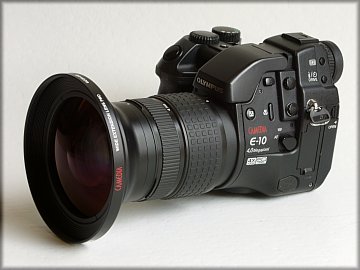
|
|
Mounting on the camera The attachment just screws directly on the front of the camera lens (remove any filters before that); no adapters of any kind are needed. Using filters or hoods The front end is threaded and accepts 105-mm screw-on filters. Because of the cost, UV (or skylight) filters are not worth bothering with as a lens protection. If you have to use a polarizer, you can. If you choose a circular one (which is recommended, although not absolutely necessary), be prepared to pay more than the WCON-08B is worth. I would recommend a "thin mount" filter, to avoid possible vignetting, in spite of the fact that the filter thread is much wider than the front glass itself. (Not having used any filter on this lens, I can't say whether this is enough.) There is no hood available for this lens. You just have to watch for the possible flare (which the lens seems to handle well, by the way), and change the camera angle if needed. (Note on linear vs. circular polarizer: as the light metering in the E-10/E-20 cameras is done behind the semi-transparent, prismatic mirror, the exposure will be OK in both cases. I'm recommending the circular type because with this type the amount of light reflected or transmitted through the mirror stays constant, independent on the polarizer angle; this allows for better viewing.) Optical The WCON-08B has three elements in three groups; all surfaces are multicoated. Both these circumstances explain why the flare is so well under control. The attachment does not affect the effective aperture of the lens: it remains at F/2. Olympus recommends that the camera lens is set to the minimum focal length (35 mm equivalent) for use with the WCON-08B. There is no vignetting at longer settings, so I believe that this is purely for optical quality reasons. This also means that, if a need arises, you can crop the image by zooming in. Focusing range The focusing is done by the main lens. The the macro/focus setting should show the non-blinking lens attachment symbol. In this setting the focus range is no longer divided into "regular" and "macro" subranges, and the passive (infrared) pre-focus is switched off. The closest focusing distance becomes 11 cm (measured from the lens front), with the corresponding frame size 194x143 mm. (According to Olympus, if you forget to switch the focus mode as above, nothing really wrong will happen, except that the lower end of the focusing range will be 39 cm.) Image samples Here are examples showing the effect of using the WCON-08B attachment on the Olympus E-10. | |
|
First, a comparison of the angle of view. Yes, there is a visible difference, but it is far from being dramatic. On a film-based camera I often use a 20-mm lens, and this is a far cry from that. (Frankly speaking, I'm not too happy with this example. One day I'm going to replace it with something better.) |

|

|
| Without WCON-08B, EFL = 35 mm | With WCON-08B, EFL = 28 mm |
|
Next, a comparison of full-scale samples. The original images were stored as SHQ (1:2.7 compression) JPEG files. Full frames are shown in the left column, reduced and slightly re-sharpened, while the right column contains full-size (1:1) fragments 320x240 pixels in size and otherwise left alone, without any postprocessing. When scrutinizing these samples, remember that in an 8x10-inch (20x25 cm) print each of them will be just 1.14" (29 mm) tall, considerably smaller (and sharper) than what you see on the screen. |
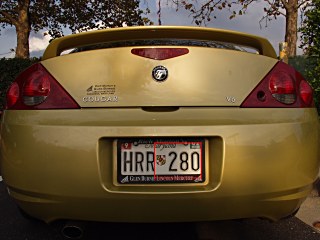
|
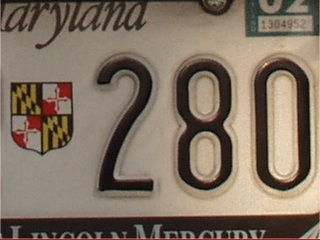
| |
| Without WCON-08B, at EFL = 35 mm, handheld, aperture priority (-0.7 EV); 1/150s at F/8 | 1:1 sample from the image at the left | |
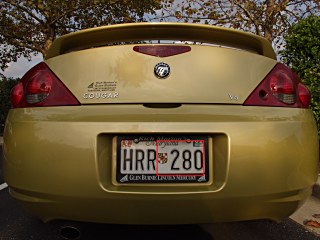
|
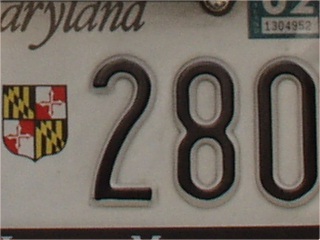
| |
| With WCON-08B, EFL = 28 mm, handheld, aperture priority (-0.7 EV), 1/150 s at F/8 | 1:1 sample from the image at the left |
|
Just a tad of contrast and sharpness loss is visible, but the performance is very, very good. Even with the WCON-08B, the samples are sharper that these obtained with the built-in lens at 135 mm (see, for example, my TCON-14B test). Optically, Olympus did as good a job with the WCON-08B as with the other conversion lenses. (I never thought I would say anything like this about a lens attachment!) The bottom line This is a well-built, well-performing lens, but I'm disappointed. I think Olympus blundered by not providing a standard zoom lens with the short end of 28 mm, even at the expense of the long end: it is always easier to build an auxiliary lens enlarging the focal length, rather than shortening it. Then an add-on attachment could have been used to bring the focal length to 24 mm (I don't even dare to think of 20 mm). Still, the very slight loss of sharpness is more than acceptable, and if you have to have the extra angle (architecture, cramped interiors, some landscapes), then you have no choice but to shell out $160 or so and to buy the WCON-08B. It will work as advertised. It also makes a great conversation item. |

| My other articles related to the Olympus E-10 and E-20 cameras |
| Home: wrotniak.net | Search this site | Change font size |
| Posted 2001/10/23; last updated 2003/02/26 | Copyright © 2001-2003 by J. Andrzej Wrotniak |